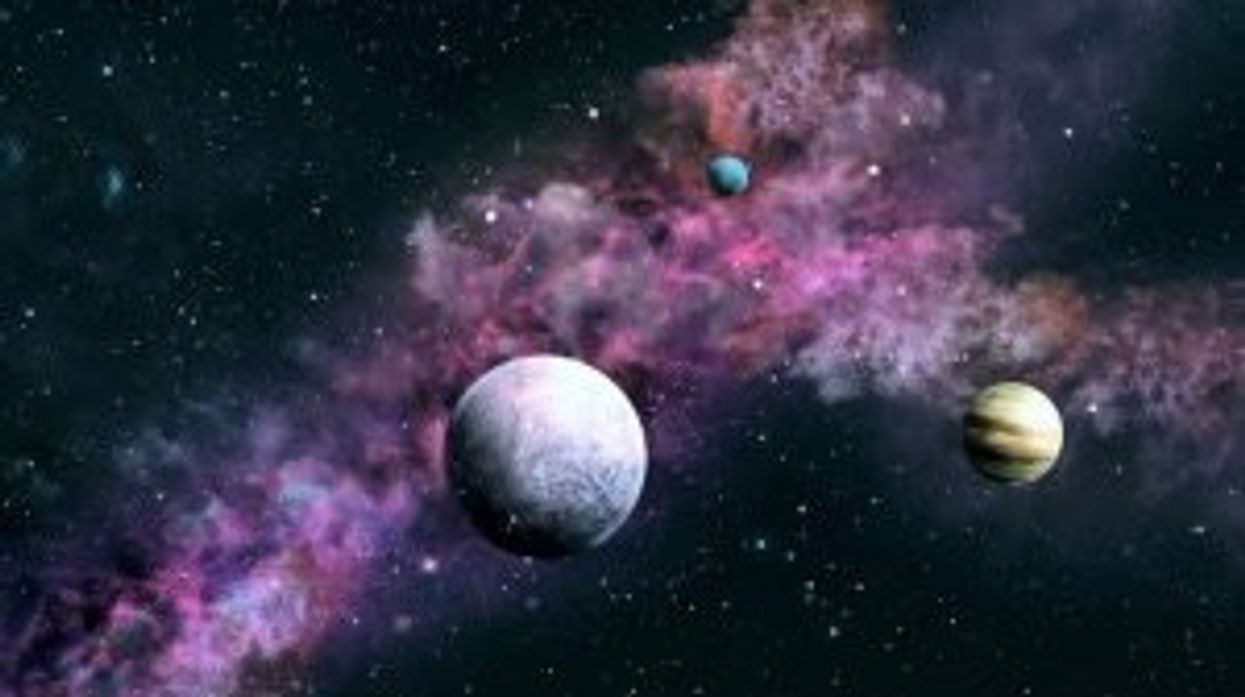Science & Tech
Liam O'Dell
May 24, 2025
Related video: Here’s what a dwarf planet is and why Pluto is one of them
ZMG - Amaze Lab / VideoElephant
Pluto has become a beloved object in our solar system ever since the International Astronomical Union (IAU) reclassified it from a planet to a dwarf planet back in 2006 – a decision which has continued to spark debate decades later – but scientists in New Jersey have discovered a new potential dwarf planet considered a possible “extreme cousin” of the planetary reject.
Known as 2017 OF201 (catchy, we know), the object was announced by the IAU’s Minor Planet Center on Wednesday, before a pre-print written by the academics who discovered it – based at the Institute for Advanced Study (IAS) and Princeton University - was published the next day.
Sihao Cheng, of the IAS and one of the three authors of the draft paper, said: “The object’s aphelion - the farthest point on the orbit from the Sun - is more than 1,600 times that of the Earth’s orbit.
“Meanwhile, its perihelion - the closest point on its orbit to the Sun - is 44.5 times that of the Earth’s orbit, similar to Pluto's orbit.
“2017 OF201 spends only 1% of its orbital time close enough to us to be detectable. The presence of this single object suggests that there could be another hundred or so other objects with similar orbit and size; they are just too far away to be detectable now.
“Even though advances in telescopes have enabled us to explore distant parts of the universe, there is still a great deal to discover about our own solar system.”
The trans-Neptunian object or TNO – referring to minor planets with a greater average orbiting distance around the Sun to that of Neptune – is estimated to have a diameter of 700km (compared to Pluto’s 2,377km diameter) with an “extreme orbit” of the Sun taking approximately 25,000 years.
“It must have experienced close encounters with a giant planet, causing it to be ejected to a wide orbit,” said co-author Eritas Yang.
Jiaxuan Li, the third and final co-author, added: “All the data we used to identify and characterise this object are archival data that are available to anyone, not only professional astronomers.
“Any researcher, student, or even citizen scientist with the right tools and knowledge could have made this discovery.”
The find comes just under a year since talk of a potential nine planet – referred to as Planet Nine - being discovered in our solar system.
Why not read…
- Scientists discover creature 'beyond imagination' encased in amber
- This is how to become more attractive, according to science
Sign up to our free Indy100 weekly newsletter
How to join the indy100's free WhatsApp channel
Have your say in our news democracy. Click the upvote icon at the top of the page to help raise this article through the indy100 rankings.
Top 100
The Conversation (0)














